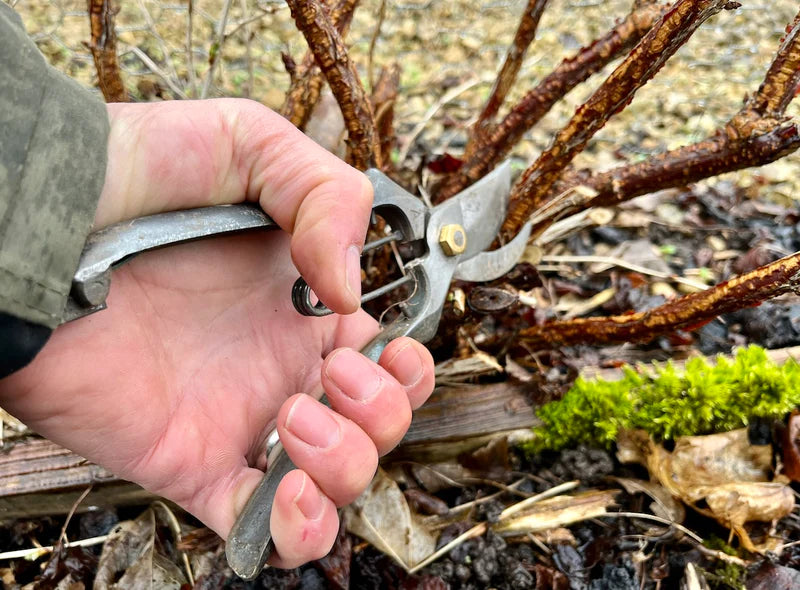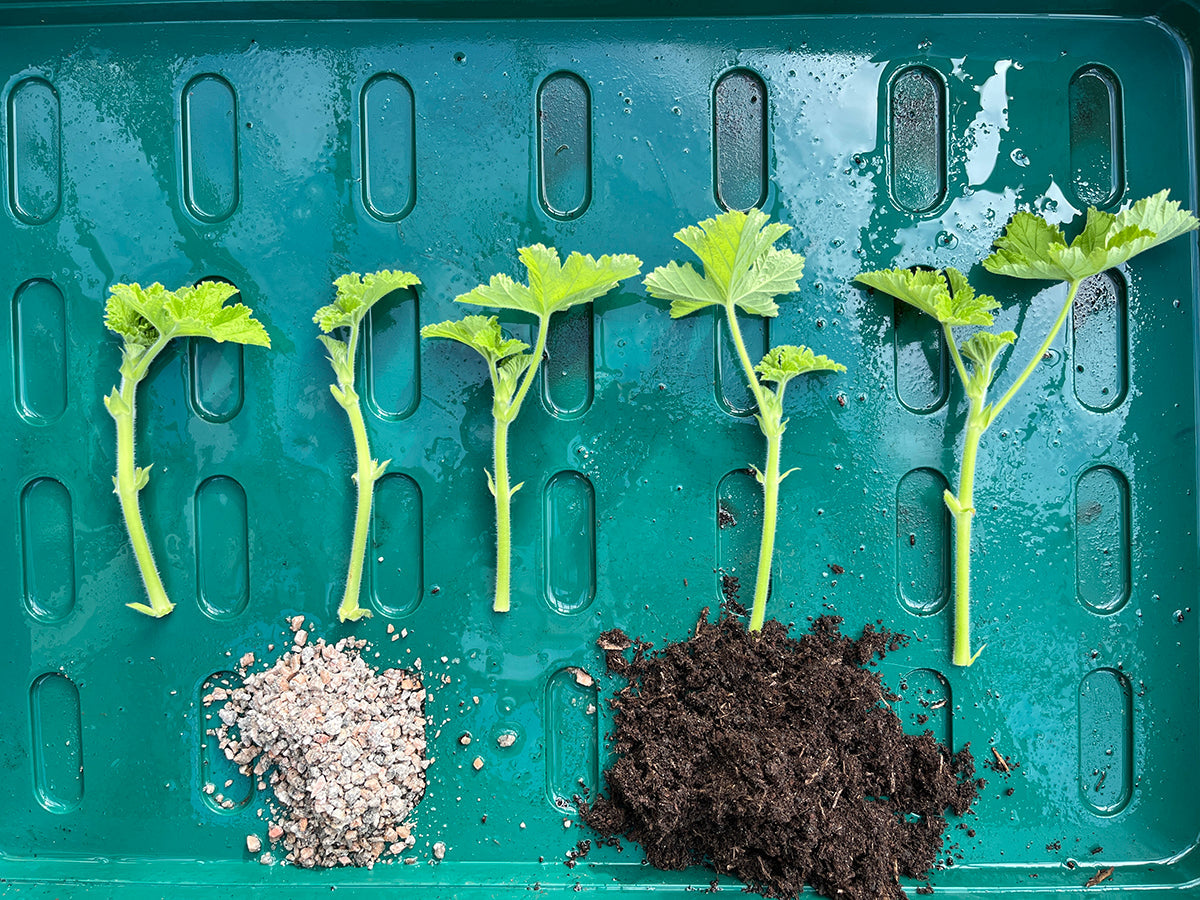Gooseberry

Since last summer we’ve been making a concerted effort to keep the climbers on the south wall of the cottage under control. A major trim and prune last year took away a lot of the unruly growth and our aim now is to keep it all tight against the wall. There will be problems of course - the roses are vigorous, and it’s just not in a honeysuckle's nature to be restricted without exhibiting some of its anarchic rambling. Nevertheless we continued with some pruning, removing of dead wood, and tying in of stems to the wires.
We moved on to our gooseberries - about six plants - which have put on a huge amount of growth in the last year, sending up new stems, and generally creating a dense impenetrable barrier that would make fruit picking extremely painful if nothing was done now. Gooseberries fruit on older wood so most of the new growth can be removed and if required a little of the old wood too. This habit of fruiting well on the mature stems makes gooseberries a great subject for training against a wall where a framework can be built up and the stems grown along wires as fans or espaliers. They even grow well in shade, a rare attribute for garden fruit.
When finished we had probably removed 80% of the growth but we’ll now be able to access those deliciously sweet, yellow Japanese fruits that are so hard to buy in the shops.











